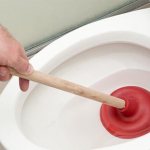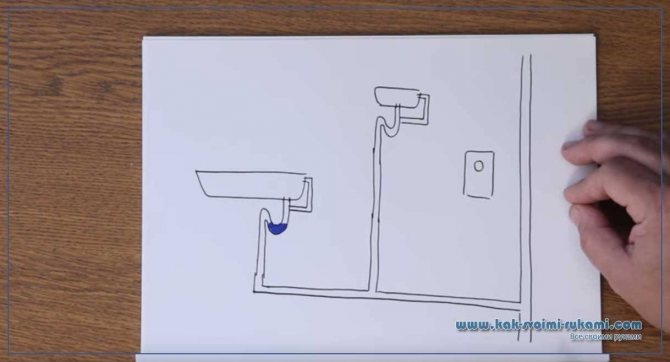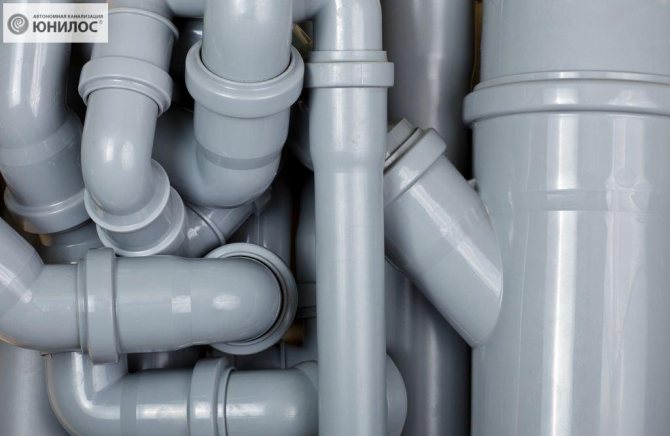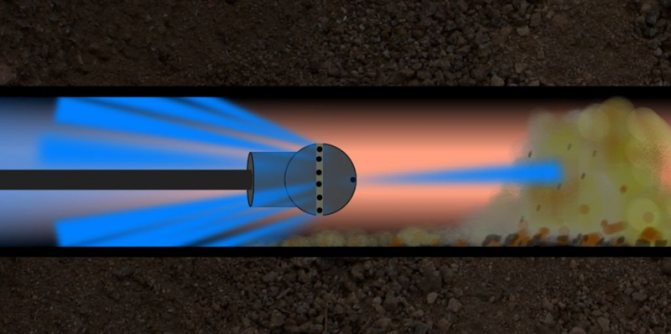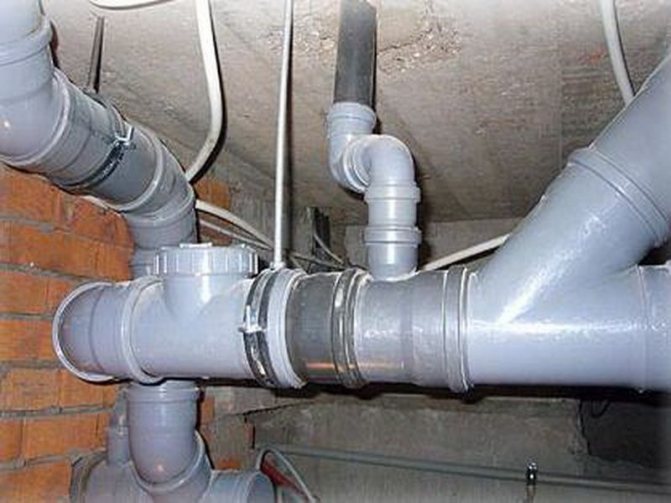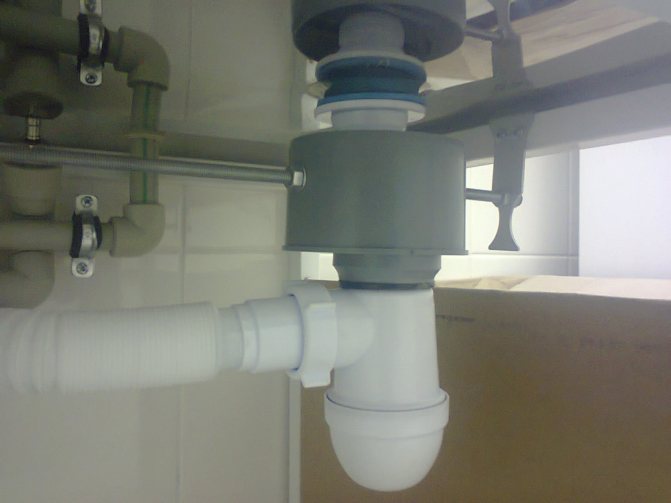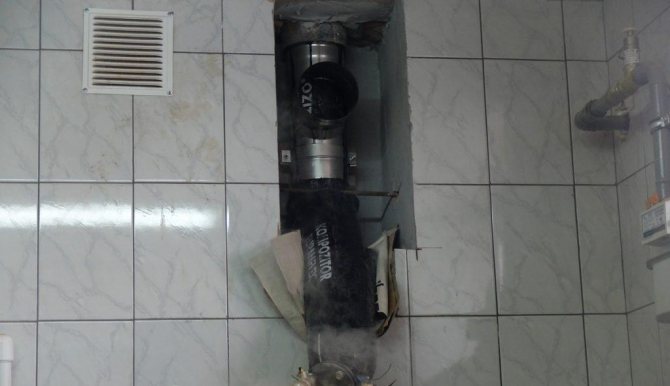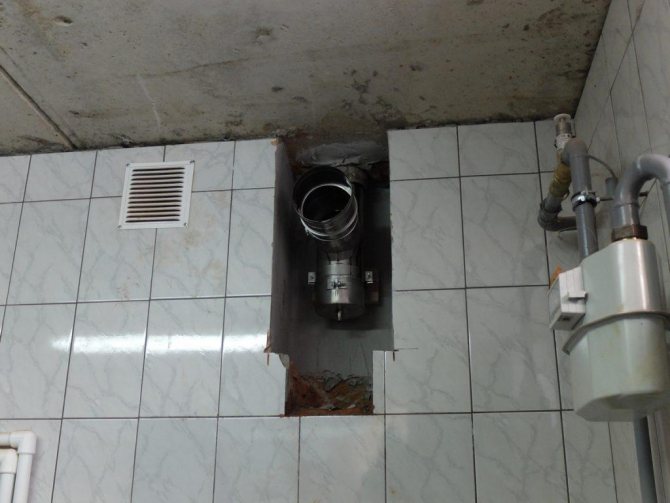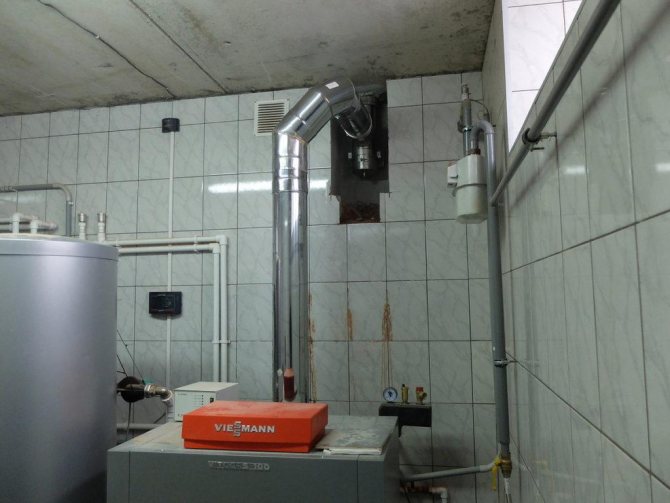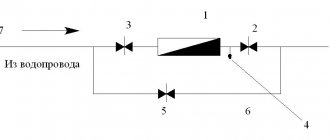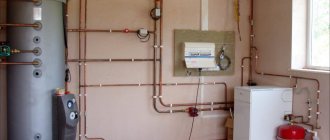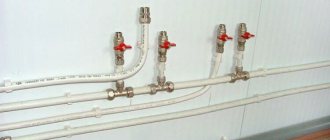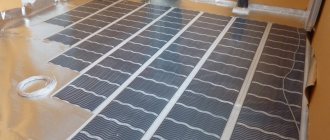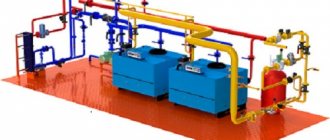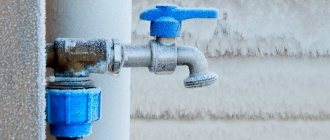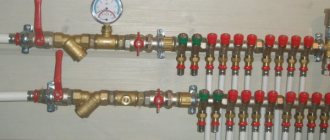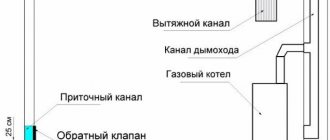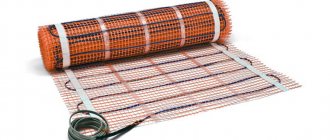Types of sewer blockages
If the sewage system in the house is operated in violation of all the rules for its use, then over time inevitably blockages and plugs appear in the collector, which impede or completely stop the flow of waste water. As a result, either someone from an apartment building or the owners of a private building will suffer at least from an unpleasant odor in the dwelling. The maximum possible flooding of the kitchen or bathroom with fecal waters. There is little pleasant in this, therefore, to avoid such situations, you need to use the collector correctly, namely:
- It is strictly forbidden to flush used personal hygiene items into the toilet, such as pads, diapers, tampons, etc. Only flush toilet paper is allowed.
- It is forbidden to flush loose construction mixtures such as cement, sand, chalk, clay, etc. into the sewer.
- Avoid accidental flushing of rags and other similar items down the drain.
- In the kitchen, it is advisable to install grease traps, which will prevent the deposition of heavy fatty deposits on the walls of the collector. That, in turn, can create fecal stalactite growths in the system and impede the flow of gray water.
It is always worth remembering that a plug can form both in a specific place of the sewage system in an apartment or in a private house, and at any point in the central riser. If the last option is marked, then the drains will have nowhere to go, how to return back from the blockage under the influence of hydraulic force. As a result, fecal or gray water will try to escape through free openings in tubs, sinks and other plumbing fixtures.
Device
The simplest version with a pressure regulation function is a two-chamber air intake with an air intake hole and a valve that separates the chambers with sewer air and room air.
When creating a vacuum or lowering the pressure in the sewer chamber, the valve risesopening the air intake opening, and the air from the room enters the sewer.
When the pressure is equalized, it moves back to the closed position. and the air from the sewer does not enter the living quarters. Its cover can move both under pressure, on pins, in the case of a horizontal arrangement, and on a spring, in a vertical position.
The valve consists of a plastic body, a cover, a rubber gasket for general tightness of the structure and a protective cap.
A number of manufacturers use a rubber membrane instead of a cover. The disadvantage of the membrane is that when clogged, it completely loses its functionality. It is much more difficult to spoil a simple plastic cap.
It is very important to use plumbing fixtures made of polyvinyl chloride, which is resistant to organic waste and does not degrade over time.
What blockages can be and how to determine their cause
All sewage blockages are divided into several types:
- adhesion of fat to the inner surfaces of the pipe and adhesion of other waste. Such a blockage is usually called operational;
- the mechanical view differs from the previous one in that the cause of clogging is the ingress of a foreign object into the system;
- as a result of the appearance of a fat layer, a siphon blockage may occur;
- there is also a man-made problem, the cause of which is an error in the installation of the system.
If the main access riser on the lower floor becomes clogged, then all the contents in the pipe rises up and goes out in someone's toilet, bathroom or kitchen. In such situations, you urgently need to call a specialist, since it is unlikely that you will be able to fix the problem on your own.
Finding an airlock in a sewer pipe
Ways to solve the problem
You can use regular baking soda to clean the drain. To dilute the correct solution, you need to prepare several liters of boiling water in which a pack of soda will dissolve. The prepared liquid should be poured into the drain hole, while it is recommended to gradually add vinegar. Thus, a reaction can be achieved that will promote the rapid decomposition of fat.
Most often this method is used if there are no special tools at hand, which include the Mole, Tiret, etc. You can use chemicals yourself, it is only important to adhere to basic safety rules. Immediately before cleaning the sink, toilet or bathroom, you need to familiarize yourself with the rules for the operation of a particular product.
It is better to use this cleaning method when the pipe is not yet completely clogged, so you can achieve greater efficiency. When the drain is completely clogged, it is dangerous to use chemicals as they can escape back into the bathroom or sink. A proven and reliable cleaning method is considered to be the use of a simple plunger. When actions using soda or chemicals do not bring much effect, then this method can be used. In such cases, it is important that the plunger bowl completely covers the drain hole.
How to fix the problem with a plunger?
Actions are performed in a specific sequence:
- a sample filter is removed from the hole;
- the upper opening of the bathroom must be tightly closed in order to achieve greater efficiency in the process of work;
- the plunger must be installed so that an air lock does not appear, while the handle is placed vertically;
- without removing the devices from the bottom of the bathroom, you need to move the device up and down;
- on the last movement, the plunger rises from the water to check the effectiveness of its drainage. If necessary, the procedure is repeated several more times.
Another proven fixture is the metal cable that plumbers often use. At one end of such an object there are fluffed wires, on the other side of the cable there is a handle for convenient use. The first end is pushed into the pipe, while it is necessary to carry out rotational movements using the handle. Depending on the degree of blockage in the pipe and the location of the problem, cleaning may take a relatively long time. If the problem is solved quickly, then the length of the cable is quite enough for effective punching of the sewer.
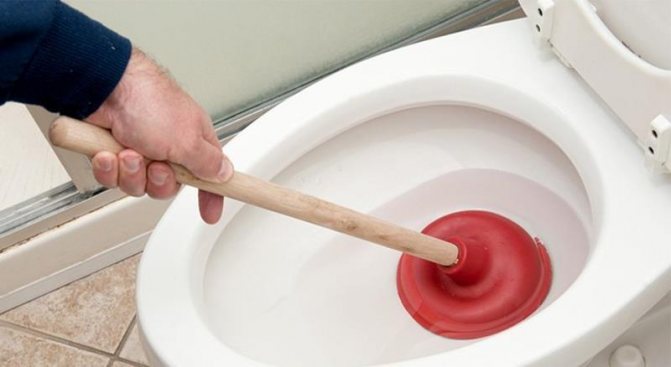
Operational blockage
What is it?
Operational blockage occurs due to the layering of washed off fats and their settling on the pipes.
How can this blockage be removed?
Eliminate such blockages with various chemicals based on caustic acids or alkalis, which corrode deposits on the pipe walls. To do this, the drug is poured or poured into the drain or into the sewer pipe, wait for the time indicated in the instructions and rinse with hot water. Examples of such tools are "Chimney sweep", "Deboshir" and "Mole".
Prevention of this type of blockage
Spill the drain system with large volumes of boiling water and baking soda diluted in it once a week. Do this for every drain hole in your home. The baking soda will react with the fats remaining in the pipe, turning them into soap, a process called "fat saponification". For the same reason, baking soda is not added to soups and stews.
Danger of air bubbles in the pipeline
Bubbles, especially large ones, are capable of destroying even strong elements of the line. The main troubles that they bring to the owners of private houses:
- They accumulate in the same areas, leading to breakage of pipe sections and adapters. They also pose a hazard to bending and winding pipe sections where air is trapped.
- They break the water flow, which is inconvenient for the user. The taps all the time "spit out" water, vibrate.
- Provoke water hammer.
Water hammering leads to the formation of longitudinal cracks, due to which the pipes gradually collapse. Over time, at the point of cracking, the pipe breaks, and the system ceases to function.
Therefore, it is important to equip additional elements that allow you to quickly get rid of dangerous bubbles.
How does education take place
The correct start of the heating system is one in which it is filled through the return line by means of a make-up pump. When filling the system through the return line, the filling process is carried out from the bottom to the top, the coolant gradually begins to fill all pipelines and heating devices, excess air rises. As a result, it is very easy to drain it from the system using the air collectors located at the top points.
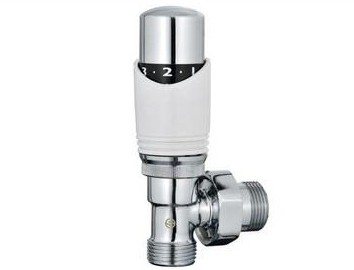

However, the process, sequence and incorrect start is far from the only reason that an air lock forms in the heating system. During the operation of the heating system, air is sucked in through flange, threaded connections, as well as other existing leaks, which leads to the formation of a plug.
Mayevsky crane
Mayevsky crane design
It is designed to eliminate an air lock in the radiator. Despite its small size, the Mayevsky crane contributes to the effective removal of accumulated steam not only in radiators, but also in pipes.
Structurally, it is a needle valve enclosed in a metal body. How to remove an air lock from a heating system using it? First you need to decide on the model of the device.
Manual cranes
After installation in the upper radiator pipe, air is released after turning the union nut on the tap. Removing an airlock from the heating system using a Mayevsky manual valve is performed as follows:
- Filling the system with a coolant. At the same time, the valves on the radiators are closed;
- When the maximum level is reached, the water supply stops;
- Having installed the required gap of the needle limiter in the devices, the taps are opened;
- At the same time, the supply of the heating medium is resumed.
Water is added to the system until liquid begins to flow from all Mayevsky taps. The absence of an air stream must be checked. This method is effective for removing an air lock in heating radiators when the system is first started up, before the season, or when air becomes airy during operation.
Manual models will effectively eliminate the airlock in the radiator for both autonomous and central heating. The main thing is to choose the right mounting thread. In most cases, it is 1/2 ", but there are also models with a non-standard 3/4".
Automatic taps
Mayevsky's automatic crane
Unlike the above-described model, in their design, a seat with a certain surface area is installed on the end face of the needle valve. In combination with a return spring, the degree of compression of which determines the critical pressure value at which the valve opens. The detailed device is designed to automatically break through a plug in heating when the critical temperature value is exceeded and, as a result, pressure.
However, before installation, you should familiarize yourself with the specifics of the operation of this model:
- To prevent the ingress of water on the floor, a branch pipe must be provided in the structure for draining excess water into the sewer;
- If the valve is stagnant for a long time, the valve seat may become covered with limescale, which will make it difficult to open. Therefore, it is recommended to open the tap manually once every 2-3 months. The steps of the procedure must be done before the first heating start;
- The set maximum opening pressure should not exceed the critical value of the entire system. In order to remove the airlock from the heating in automatic mode, the pressure value on the tap must be less than the maximum by 5-10%.
Which is better to install: an automatic or manual Mayevsky crane? If the operation of the system does not provide for sudden pressure surges, manual models can be put on the radiators. For autonomous heating, preference is given to automatic ones.
It is best to choose models made of brass. During the expulsion of the airlock from the heating, they can withstand not only the critical value of pressure, but also temperature. The steel body is susceptible to deterioration and rusting.
How should funnel pipes be arranged?
The presence of normally working ventilation ensures the stability of the sewage system, the absence of unpleasant odors and "chomping" sounds when the water is drained. The presence of funnel pipes serves not only to equalize the pressure in the system, but also to ventilate the sewage system with dry siphons.
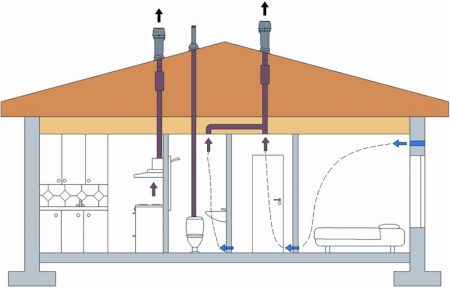

The fact is that if the sewage system is not used for several days, the water that fills the hydraulic seal for the sewage system can simply evaporate. If the air exchange is normal, then even in this case, there will be no smell in the room, since due to the presence of an exhaust hood, the air will move in the direction of the apartment, and not vice versa.
How to draw up a sewage ventilation scheme in a private house? In most cases, the domestic sewage system is equipped with a ventilation pipe. Here are some ventilation rules:
- The ventilation pipe must be of the same diameter as the riser, since it is an extension of the riser pipe.
- The outlet of the fan pipe is carried out to the roof, and care must be taken to ensure that the ventilation outlet is located at a distance from balconies and windows.
- If for some reason it is impossible to bring the pipe to the roof, then it can be brought out horizontally - into the wall. The ventilation outlet is covered with a decorative rosette, this will protect against debris and small animals from entering the pipe.
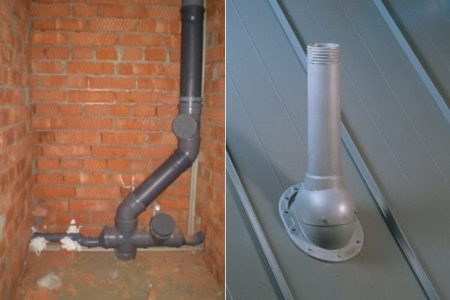

Alternative options
If the organization of ventilation of the sewer riser in the usual way is impossible for any reason, then the domestic sewage system can be equipped with a ventilation vacuum valve.
- The valve system is installed at the top of the riser.
- A valve is a device consisting of a hermetically sealed rubber and spring seal. At the moment when a vacuum occurs in the system, the valve opens and air enters the system. When the pressure is equalized, the valve closes.
Advice! Unfortunately, the installation of a vacuum valve cannot be called a complete replacement for ventilation. First, the valves cannot prevent odor from occurring if the water in the siphons is dry. Secondly, the valves become clogged over time and will need to be changed regularly. However, in a private one-story house, the valve may well ensure the normal operation of the drainage system.
We fix the problem
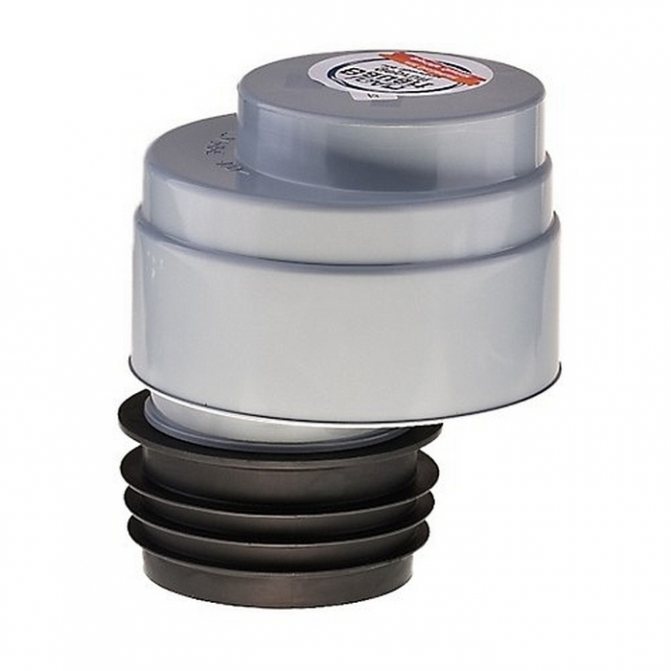

You can solve the problem with the airlock yourself. The main thing is to identify the cause of its formation.
- First, it is worth inspecting the pipeline along its entire length for cracks or depressurization (provided that the sewage system has a water seal). If any are found, it is worth replacing the collector section with a whole one. In this case, the air will freely go into the drain pipe during the salvo discharge of water into the system.That is, the water seal cover will close when the pressure in the pipeline rises and thereby prevent water stagnation.
- If an air lock is observed in the area of a specific plumbing fixture, then it is possible that during installation the slope of the pipes towards the riser was not observed. To do this, you need to shift the section of the pipeline with the creation of the desired slope or, if possible, raise the plumbing device to create the optimal slope level for drains.
- If, in principle, there is no sewer pipe in the sewage system, then you will have to mount it with the installation of hydraulic locks near each plumbing fixture.
And always remember that if you are not sure of your abilities and think that you are inclined to make mistakes when installing the sewage system in your house, then it is better to use the services of professionals. Craftsmen will create a reliable drainage system with a properly working fan pipe,
Most often, clogging of the sewer system occurs in old houses, while the reasons for this phenomenon can be completely different.
For example, due to the carelessness of the owner, a rag or some solid object can get stuck in the system. Over time, the diameter of the pipe narrows, as fat deposits form on its walls
Therefore, a slight blockage can cause a big problem. Depending on the nature of the trouble, there are several ways to solve it, with the help of which you can efficiently clean the sewer with your own hands without calling the masters.
Hydrodynamic pipe cleaning
If all known means proved to be ineffective, it is recommended to use a special technical device with which hydrodynamic cleaning is carried out. This method is considered to be very effective.
Such machines differ in power and dimensions. Cleaning of pipes is allowed, the diameter of which can be 5-100 cm.
hydrodynamic pipe cleaning principle
As a rule, all hydrodynamic devices work according to the same principle, regardless of their power and size. A nozzle is put on the end of the device, through which a stream of water is supplied under high pressure. Due to the flexible hose, the maneuverability of the device is ensured, which is important for achieving a positive result.
Some people often wonder if this technique can be used in everyday life and what are the costs? Answering these questions, it should be noted that it is not necessary to buy special equipment to clean the sewer system in an apartment. It's easier to call a specialized organization. If there is a need or financial situation allows, you can buy a mini-apparatus for use in a country house.
checking the connections of the sewer pipes for leaks after removing the airlock mechanically
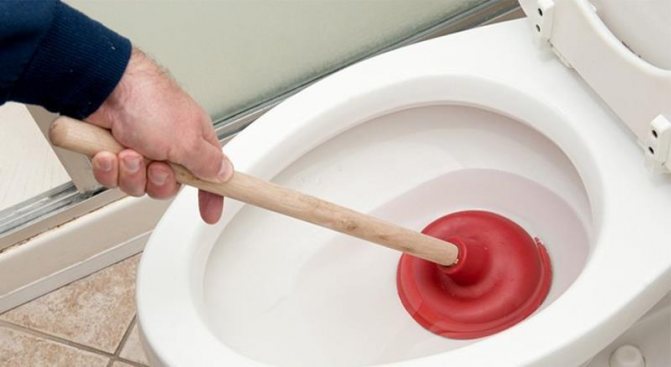

Nowadays, plastic pipes are very popular, which differ not only in good performance, but also in simple installation. Not everyone who installs plastic pipes is a specialist, therefore, when choosing consumables for a sewer system, various kinds of mistakes can be made. Common mistakes when choosing and installing a system include:
- incorrect determination of the diameter of the pipes;
- unnecessary turns during installation;
- laying of sewer pipes at the level of freezing of the ground;
- the lack of means on large areas to control the operation of the system.
The hardest thing to solve is the issue of an airlock in the sewer, not everyone knows how to eliminate this problem. If it is serious enough, then there may be a need to relocate the entire sewage system.Before making such drastic decisions, you need to try to fix the trouble yourself using some simple methods.
removing the air lock from the drain pipe from the sink
We offer you to familiarize yourself with Why does not water flow into the toilet bowl
Why does air appear in the water supply system
There are two reasons for the appearance of air in the water supply system of the house:
- Outside. Air enters the pipes through leaking joints;
- From the inside. Approximately 30 grams of air per 1 ton of water is dissolved in the stream of water passing through the pipes. Gradually the air is released. The slower the water flows, and the hotter it is, the faster the process goes. That is, in hot water supply systems, the likelihood of air jams is higher.
In the water supply systems of private houses, air appears for the following reasons:
- when the water level drops, air can be sucked in through the check valve;
- poorly tightened fittings with rubber seals;
- in hot water supply systems, the process of cavitation is observed: steam is formed, air bubbles collect in the water, forming voids or caverns;
- the air in the water supply pipes remained from the first start-up of the equipment.
Air bubbles contain 30% more oxygen than atmospheric air. This explains the high oxidizing capacity of air in hot water supply systems. Air bubbles can be of various shapes: spherical - small, no more than 1 millimeter in diameter, mushroom-shaped, oval.
When the water velocity in the pipes is more than 0.5 meters per second, the bubbles move without stopping. When the speed exceeds 1 meter per second, the bubbles break into very small bubbles. It turns out a semblance of an emulsion of water and air. Air bubbles in the water supply system of a private house begin to collapse at a fluid speed of 0.25 meters per second. If it is lower, traffic jams can stagnate in some places for a long time.
Signs and consequences of airborne system
If the boiler unit is working properly, the supply temperature is correct, and the battery cannot cope with heating the room, check the presence of air in the heating system. Air locks in radiators are a frequent occurrence, their presence is indicated by uneven heating of the device when the upper part remains cold. The airiness of the battery at first insignificantly reduces its heat transfer, but if the problem is not solved in time, the accumulated gas will block the path of the coolant and the room will not receive full heating.
Air bubbles interfere with the free movement of the coolant due to the narrowing of the channel, and this provokes the appearance of specific sound effects. Signs of plugging include noise in pipes, bubbling, and seething. In difficult cases, pipe vibration is also added.
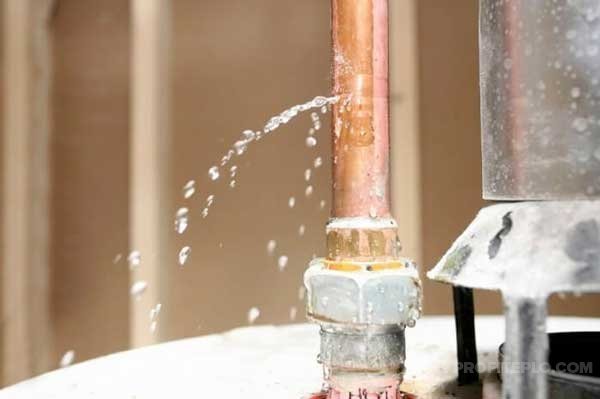

Small air bubbles, which have not yet formed a plug, but are already actively released from the coolant, turn it into a water-air mixture. It is dangerous for a circulation pump that is not adapted to pump gas. Plain bearings are installed on the shaft of the pump unit, which must be located in a liquid medium. A high air content in the coolant leads to premature wear of the elements due to the effect of dry friction.
If you do not bleed air from the heating system, its excess in the coolant can lead to a stop or breakdown of the circulation pump.
... This is dangerous for solid fuel boilers that are not equipped with automation: when the circulation stops, the cooled coolant will no longer flow into the boiler's water jacket. Overheating and boiling of a liquid in a confined space threatens an explosion if the safety group does not work.
Knowing how to remove air from a heating system can help you deal with air lenses in radiators made of materials that are prone to corrosion and fouling.The air contains carbon dioxide and oxygen, and they contribute to the breakdown of calcium and magnesium salts, which are dissolved in water. The reaction proceeds with the release of carbon dioxide. Under the influence of high temperatures, hydrocarbonate compounds form a layer of limescale, and carbon dioxide promotes corrosion of metal surfaces. As a result, the battery breaks down faster.
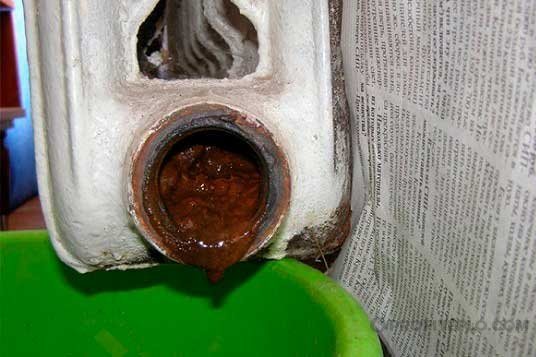

To eliminate unpleasant consequences, having started the heating system at home after the summer break, you should check it for air jams. If it is airy, take prompt action to correct the problem.
Ways to eliminate sewer problems
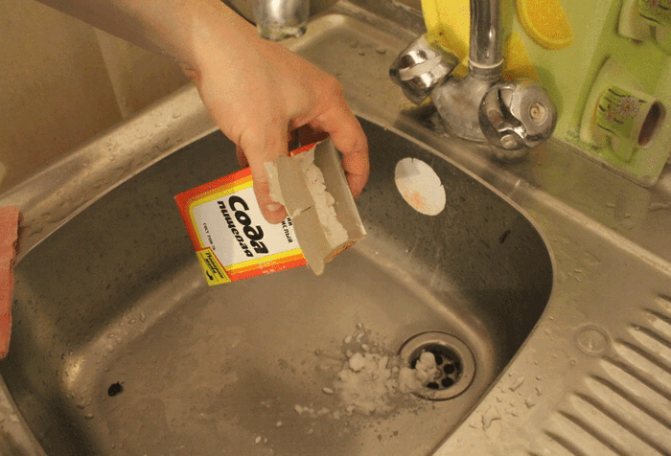

In order to try to remove the plug in the sewer collector of an apartment or house, you must first determine the location of the blockage.
So, if the problem of water outflow is observed in the kitchen sink, and all other drain points are working normally, then the trash plug has formed specifically in the siphon under the sink. In the same way, you can identify blockages under the sink in the tub or under the bathtub / shower itself. Depending on the location of the plug, chemical preparations such as "Mole", etc., can be poured into the drain hole in accordance with the instructions and the problem of deposits on the pipes can be eliminated.
- As an aggressive drug against blockages, you can use plain soda filled with hot water. That is, first, soda is poured into the opening of the bath or sink, then hot water is poured into it. After that, vinegar is poured into the hole. The reaction of the constituents should push through the cork or simply liquefy it.
- You can also use a standard plunger to clear the blockage in the house drain. Cleaning with it is easy. It is necessary to fill the plumbing fixture with water and tightly cover the drain hole with a plunger. Now you should make rhythmic movements up and down with the plunger, creating a vacuum in the manifold. Under its influence, the cork must either come out (most often it is hair), or go into the drainage system. You can clean the sink and toilet in the same way.
Siphon blockage
What is it?
In cases where the plunger and chemical agents did not give the desired effect, you need to check the condition of the siphon - very often it is he who clogs up. How to fix it?
To get rid of the blockage, you need to clean the siphon. This is not at all difficult to do:
1) substitute any empty container under the siphon - when unscrewing, a certain amount of water will pour out of it;
2) unscrew the lid at the bottom of the siphon;
3) clean the siphon itself, remove all collapsible parts and rinse with a brush;
4) if there is a cleaning coil, insert it into the sewer pipe, gently rotating it by the handle.
Reference by topic: How to quickly clear a blockage in the toilet with your own hands
How to get rid of air in the plumbing
Devices for bleeding and descent will help to get rid of air jams in the water supply system of a private house forever:
- mechanical valves, such as the Mayevsky device;
- ball valves and valves;
- automatic air vents.
It is necessary to manually bleed the air using shut-off valves, which is quite laborious. Therefore, it is better to choose alternative options.
Mechanical valve
The device is not complicated, but the device is able to quickly and effectively rid the pipeline of bubbles. The principle of operation of a mechanical valve is as follows:
- A hollow cylinder with a cover, into which a threaded plug is mounted, is connected to the water supply with a threaded connection.
- A plastic float ball is suspended inside the cylindrical box. When there is only water in the pipeline, the float rises to the plug hole, and, due to the pressure of the water flow, tightly closes it.
- As soon as air seeps into the device, the ball goes down and bleeds off the airlock.
Automatic air vent
- float valves;
- starting devices;
- combined type devices.
When choosing a drain, they look at the volume of potential traffic jams, the operating pressure in the network and the quality indicators of water. This data can be found in the technical manual of the device. You should not take a machine with maximum power. When operating at a minimum, it is more likely to wear out.
Homemade air accumulator
Automatic devices do not always cope with air extraction in country houses. Usually there are a lot of air bubbles in such lines, water gushes out from the valve device.
Instead of an air vent machine, a storage device is installed, which is a tank with a tube and a tap.
The device can be built by hand. For efficient operation, the cross-section of the air accumulator must be five times larger than that of the pipeline. The storage device is mounted at the highest point of the aquifer.
When installing water supply networks in a country cottage, it is important to provide for the installation of devices for eliminating air. They protect the working system from water hammer and rapid destruction.
a source
Required tools
To eliminate possible airing, liquid heat supply systems are equipped with special valves, which are most often installed directly on radiators and / or in boiler rooms (in basements and in attics) of heated buildings. Therefore, in most cases, you can get rid of the airlock by bleeding the air through a similar valve.
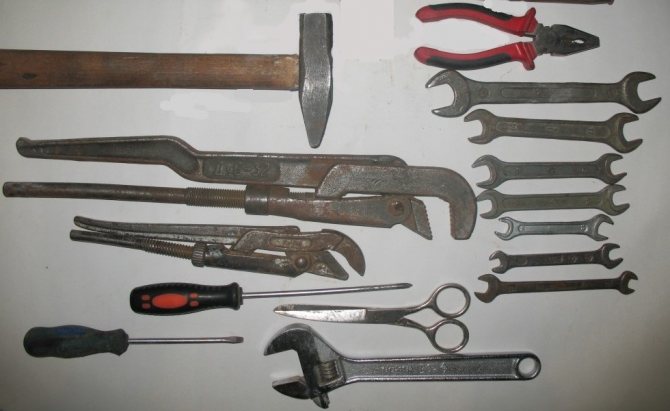

To remove air from the heating circuit yourself, you should have at hand:
- unlocking tool (slotted screwdriver, adjustable or special key);
- a container for collecting water (just in case, it is better to take a larger one) and rags;
- flexible hose (for situations where the drain valve is located in a hard-to-reach place).
Airlock - the cause of stagnant drains
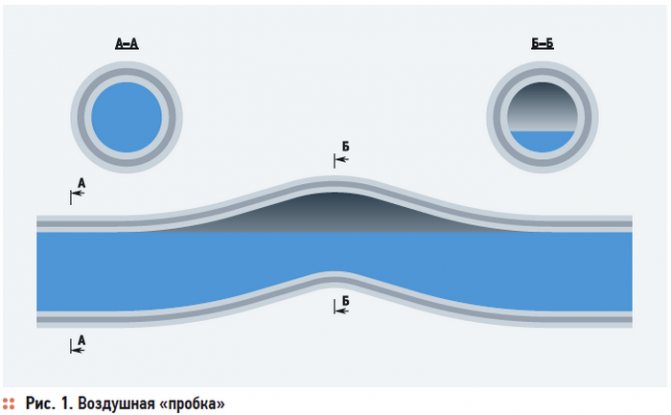

An airlock formed in the sewerage system of a house can also disable the operation of the sewer collector. The air that has stopped in the system simply does not allow the drains to go through the riser and either returns them back, or passes them through, but very slowly and at the same time throws strong unpleasant odors into the room.
The reasons for the formation of an air lock in the sewer can be as follows:
- Errors made during the installation of the plastic manifold (insufficient tightness of the pipeline, lack of connecting fittings, etc.);
- Excessive number of turns of the manifold, incorrect differences in the pipeline or incorrectly selected elbow angles;
- Lack of a water seal in the installed sewage system;
- Possible clogging or icing of the drain pipe in the area of the attic or roof.
Types of air valves
[sticky-ad id = 13532]
The second name is aerators, differ in the installation method and size.
Air valves with a diameter of 110 mm are installed on top of the outlet of the fan pipe. Automatic and non-return valves with a diameter of 50 mm can be installed in rooms directly next to plumbing fixtures.
Advice. In order to avoid unnecessary loads, when installing the aerator on the drain of the washing machine, it is better to take it up so as not to expose it to additional overloads during the direct passage of runoff water under pressure.
Did you know that small-volume plastic containers for sewage are perfect as a replacement for large and not environmentally friendly cesspools and drain pits. On this page, read about the sewerage scheme in a private house.
And here is information about reinforced concrete rings for sewage.

